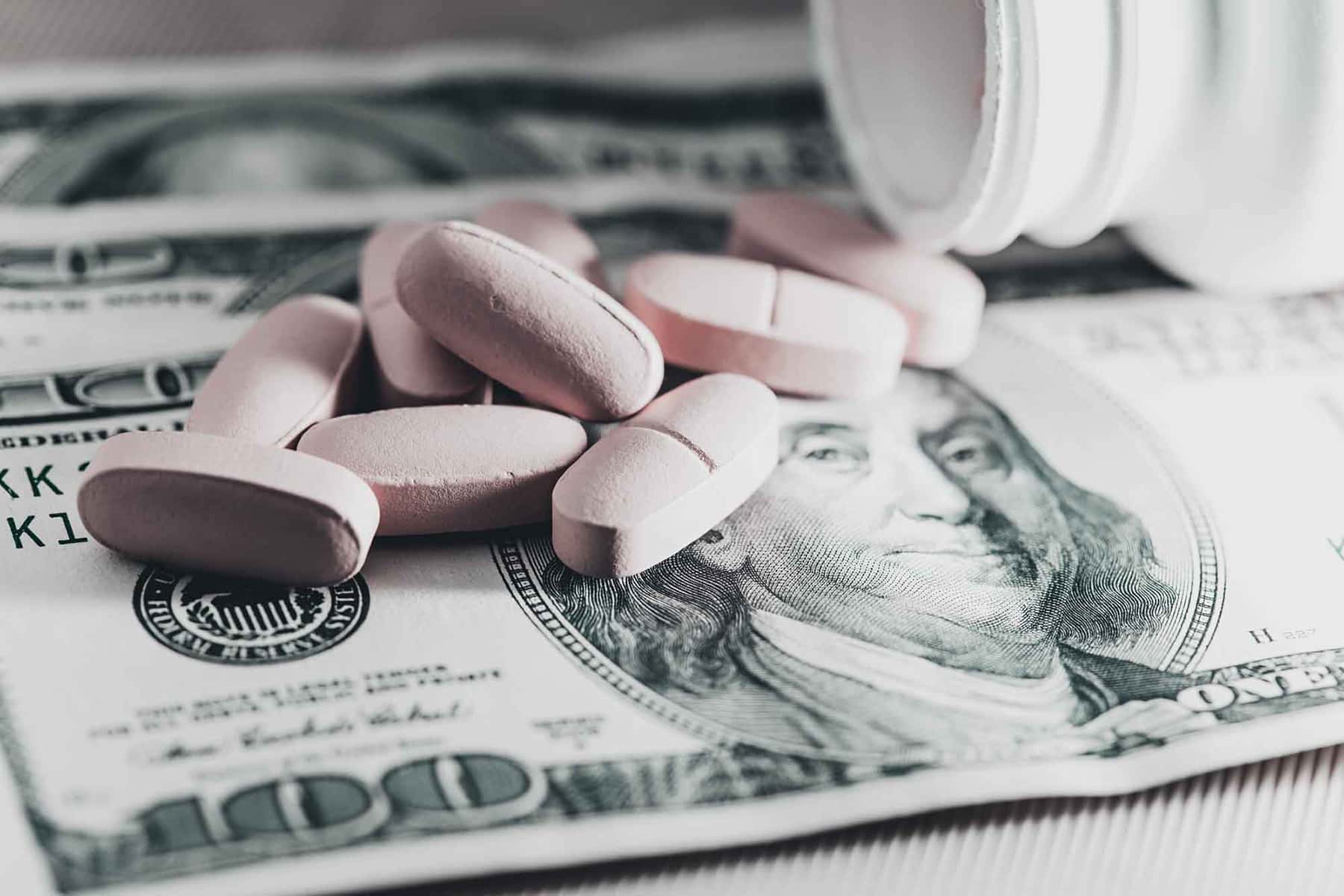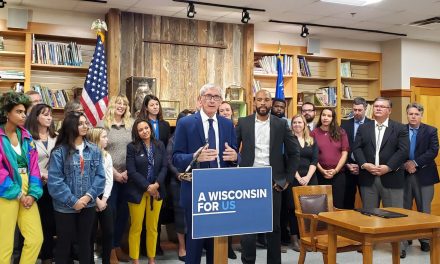
Any American who has paid the price of a patent-protected medicine knows the core flaw in the U.S. prescription drug system: our elected leaders have handed over control to profit-hungry corporations.
And for-profit corporations gonna for-profit, as the kids would say. That is especially true when the corporations are gifted with long-term monopolies on life-essential medicines, which gives them the leverage to set take-it-or-leave it prices that net billions in revenue extracted from all of us.
It does not have to be this way. That is the message of an exciting new report, Medicine for All: The Case for a Public Option in the Pharmaceutical Industry, by Dana Brown, director of the Next System Project of the organization Democracy Collaborative. “We can displace corporate power over our health and lives by moving toward a democratic, publicly-owned pharmaceutical sector, designed to respond to public health needs and deliver better health outcomes at lower costs,” Brown writes.
Brown’s argument builds on our long legacy of ensuring that vital safety and health services are entrusted to institutions that are publicly accountable and publicly funded. For generations, we have been protected by policing and firefighting services that are public, not for-profit corporations that turn away residents in danger when they cannot fork over cash-on-demand. We make sure our primary and secondary schools, our critical infrastructure, and our court and election systems are accessible to all, without the price barriers that for-profit corporations naturally create. We should do the same with essential medicines.
The foundation for this change is already in place. Public funding has long been the bedrock of pharmaceutical research and development, with every single one of the 210 new drugs approved from 2010 to 2016 tracing their origins back to taxpayer-sponsored research. At the back end of our current process, public dollars from our Medicare and Medicaid and VA systems are the biggest purchasers of the medicines sold by pharma corporations.
And in the middle, our government gifts those corporations with monopoly patents on taxpayer-discovered medicines and generous tax breaks for their business costs. As economist Dean Baker has written, a pharmaceutical system without patent mark-ups would save taxpayers more than enough to replace every penny of privately-funded R&D—several times over.
As is often the case when it comes to healthcare, other nations show us what is possible in the U.S. Brown’s report explains how Sweden, Brazil, Cuba, Thailand, and China (among others) embrace public ownership in key components of their medicines systems. When these countries prioritize patients over profits, they make medicines available at costs that are a fraction of what Americans pay.
The advantages of those systems do not stop with lower prices. While corporate research and development prioritizes “me too” knockoff drugs designed to carve out a lucrative market without any additional health benefits, research produced by public pharma would instead develop medicines that are the most valuable to our health.
The details of groundbreaking discoveries made with public dollars can be made available for follow-up research, not hoarded by corporations intent on cornering markets. And a public system could fix the now-common shortages of medicines, a crisis caused by corporations deeming those drugs not to be good candidates for windfall profits.
As these other nations’ examples show, there are multiple possible paths to moving away from pharma profiteering. Senator Elizabeth Warren and Rep. Jan Schakowsky have proposed a federal agency to manufacture medicines. Brown suggests that states and even municipalities can support public manufacturing and distribution, and includes a legal analysis of how California could create its own public process.
Will Americans embrace this possibility? On the one hand, the U.S. has a reputation for being politically and culturally suspicious of public systems replacing markets. But the unrelenting, tragic failures of our current corporate-dominated pharma system are impossible to ignore.
One in four Americans with chronic illnesses say they are forced to skip filling prescriptions regularly due to cost. The news cycle repeatedly has a new instance to report of young Americans dying because they cannot afford the inflated cost of medicine as basic as insulin.
So, the U.S. populace has taken notice: Two-thirds of Americans support making prescription drugs public goods paid for by the federal government. Eight in ten support breaking patent monopolies to reduce drug prices. The American people are ready to extract the profit from our pills, and this new report shows us how to do it.
Fran Quigley
Originally published on Common Dreams as Removing the Profit From Our Pills: The Case for a Public Pharma System














